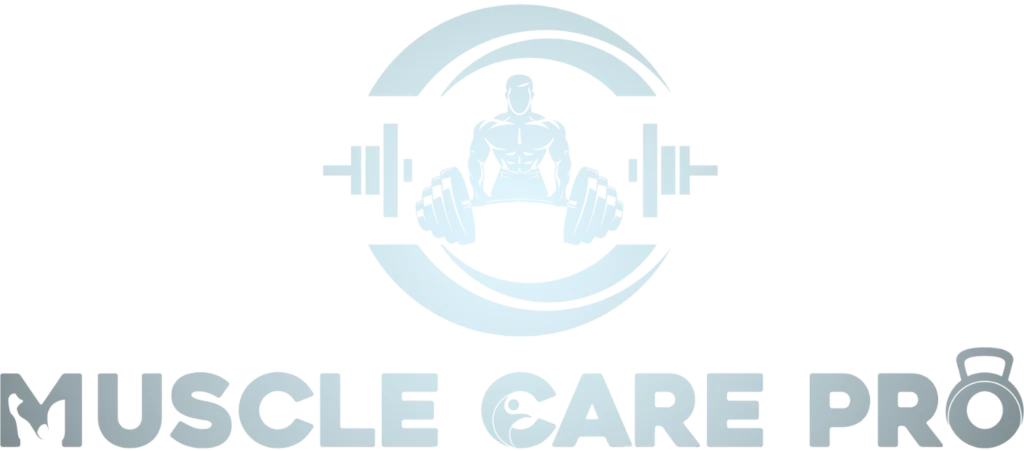The importance and use of the forearm muscles cannot be understated because many activities of daily living including lifting, gripping and even writing depend on them, and in other cases, sport-related activities involving such actions as throwing, swinging, and even catching tremendously rely on them. Good thick forearm muscles will improve performance and help prevent injury. Maintaining the health of these muscles is very important to ensure the ability to perform without injury.
This presentation will focus on the issue of forearm muscle strain. We will explain the definition and causes of the issue. You will also learn the signs and symptoms, prognosis, and management information. In conclusion, we shall discuss how to avoid such injuries and still be busy. A muscle strain of the forearm or Forearm Muscle Strain is an injury to the muscles of the forearm caused by excessive motion or removal of the muscle from the body. This type of injury is common and often presents with pain, swelling, and limitations in the arm’s range of motion.
Anatomy of the Forearm
Two important bones are also present in the forearm: the radius and the ulna. The forearm is home to many muscles that facilitate movement. The forearm muscles are divided into two groups according to their function – the flexors and the extensors which are responsible for wrist and finger movements.
Flexor muscles are situated on the inner side therefore they help in flexing the wrist and fingers. Extensor muscles are located on the outer side and help in making them straight. The knowledge of these muscles is necessary for understanding them with the movements performed in everyday life.
Causes of Forearm Muscle Strain
Overuse Injuries
Overuse injuries arise when a particular group of muscles is used repetitively beyond normal functional limits. They are often seen in athletes and in people with jobs involving a lot of physical activity. With time, they can contribute to pain, swelling, and weakening of the muscle.
Acute Injuries
Acute injuries occur within hours, due to an external force or trauma. They may be sustained in falls, edge draping, or forces causing sudden movements. These injuries are mainly immediate in onset and do not benefit the subject in any way and may call for an intervention immediately.
Symptoms of Forearm Muscle Strain
Usually, an individual first feels pain in the injured area. In this situation, the degree of pain may vary between two extremes, depending on the level of damage sustained. You may also experience some edema and tenderness around the injured forearm muscle. In more serious cases of this kind of injury, there may be some signs of developed damage.
As with any strain, pain is not the only factor to bear in mind when assessing the implications of this type of injury. The range of motion of the affected arm may also be restricted. If any activity involves the grasping of objects or even activities of daily living, such actions cannot be performed. Also, there is muscle weakness that is experienced making it impossible to carry or lift things. These signs ought to be noted, and medical assistance should be directed when the situation calls for it.
Diagnosis of Forearm Muscle Strain
-
Physical Examination :Forearm Muscle Strain
The forearm will be evaluated by a healthcare provider for pain, swelling, and tenderness as well as the range of motion.
-
Patient History
The physician will inquire about the issues, the mechanism of injury, and prior incidents for additional clarity.
-
Imaging Tests
Fractures will be excluded through the use of X-rays while soft tissues will be assessed for any injuries through MRI or ultrasound scan.
-
Functional Tests
Normal range of motion and grip strength may be assessed to evaluate the level of severity of the injury.
-
Differential Diagnosis
The physician shall entertain other conditions that could produce symptoms similar to the present condition for instance tendonitis and ligamentous injuries.
Prevention of Forearm Muscle Strain
Availing of forearm muscle strain can be handled properly with a formal wriggling motion exercise before physical involvement. Warming up the forearm muscles will improve flexibility and so will eliminate the chances of getting injured. It is also necessary to enhance the level of training gradually so that someone does not experience excessive strain. The proper way of lifting, playing any sports, or performing any physical activities, reduces the chances of straining their muscles effectively.
Some other measures aimed at avoiding forearm strain include making ergonomic changes in the environment you work in. Always make sure that your workstation is organized in such a way as to limit any kind of repeated motion and strain yourself. Lastly, to prevent injuries athletes are encouraged to put on protective attire which offers additional support.
Treatment Options
Unless otherwise stated, any rest or ice therapy recommended in the treatment of forearm muscle strains is immediate in its effect. The swelling is reduced by the application of ice as pain is temporarily numbed. Non-prescription drugs, such as ibuprofen, may also be effective in controlling pain levels.
Most other treatment modalities are inappropriate, save for physical therapy. A therapist in that case will suggest exercises for the forearm muscles strengthening and range of motion. In worse situations, the physician will indicate the necessity of operating to fix the ruptured muscles or tendons.
Conclusion
Herein we acknowledge the fact that a forearm muscle strain can affect one’s everyday activities and sports properly. It is also critical that the symptoms are recognized early to facilitate the treatment and recovery processes. Most of these strains heal well and with proper management, a return to normal activities is possible.
Strains, for instance, are avoided by warming up and using correct techniques during activities. Taking good care of the forearm muscles, on the other hand, helps to improve strength as well as flexibility. This ensures that one remains active and in the process, minimizes chances of sustaining injuries in the future.











